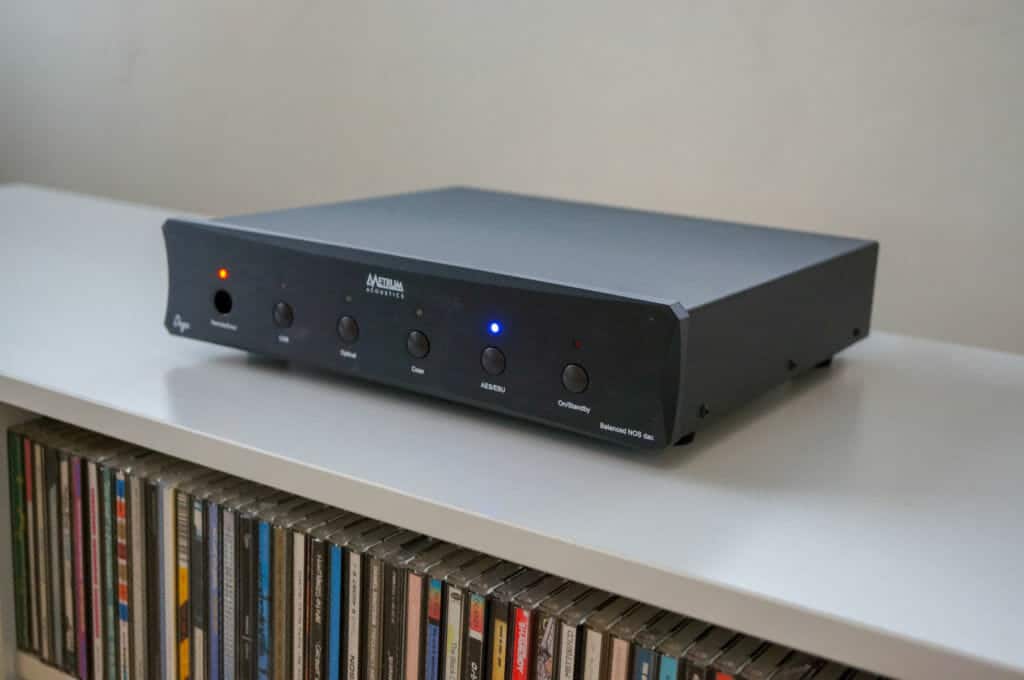

Reliability of Cranial Base Measurements on Lateral Skull Radiographs. Is There a Correlation Between Airway Volume and Maximum Constriction Area Location in Different Dentofacial Deformities? J. The authors declare no conflict of interest. concluded that the reduced upper posterior pharyngeal space (SPAS) could be a prognostic parameter for suspected OSA, while the mandibular plane to the hyoid bone (MP-H) could be used as a predictor when differentiating normal subjects and patients with OSA. A meta-analysis performed by Armalaite J. Fortuna used breath analysis to find that fractional exhaled nitric oxide (a vasodilator), is higher in OSA patients, assisting in identification, treatment, and monitoring of the patients under mechanical ventilation. In 2011, a Spanish team consisting of Dr. Sleep questionnaires and the number of apnea/hypopnea incidents per night determine the level of severity of OSA, measured by the apnea/hypopnea index (AHI) assessed during Polysomnography (PSG), which is an important but costly and time-consuming tool for identifying OSA. Obstructive sleep apnea (OSA) is a common sleep disorder represented by repetitive nocturnal upper airway collapse accompanied by intermittent hypoxia, fragmented sleep, fluctuations in blood pressure and highly active sympathetic nervous system activity. Upper airway constriction is a multifactorial problem that can result from hypertrophic adenoids, a retrognathic mandible, atrophy of suprahyoid muscles especially lateral pterygoid and genioglossus muscle, obesity, as well as many other factors. Since undisturbed breathing patterns and REM sleep is now better understood the crucial REM phase has been linked with various brain disorders, as the upper airway is stiffer and less compliant during REM sleep than during NREM sleep. Mild forms of air cessation during sleep, obstruction of the upper airway, and even muscle tone loss can significantly affect quality of sleep. The position of the smallest clearance of the airway in the pharynx was similar for both groups localized at the level of 2nd cervical vertebra. The final tongue position was different from the initial position in 62.2% of all clear aligner treatments. The surface of the most constricted cross-section of the airway did not change significantly after treatment in any of the groups. In the group with airway constriction there was a statistically significant increase in volume during therapy ( p < 0.001). Control group B consisted of thirty-one patients with orthodontic malocclusions without any airway constriction. Group A consisted of fifty-five patients with orthodontic malocclusion and constricted upper airway. Patients with malocclusion, with pair or initial and finishing CBCT and without significant weight change between the scans, treated with Invisalign clear aligners were distributed into two groups. The level of airway constriction, volume, cross-section minimal area and tongue profile were evaluated.
INVIVO ANATOMAGE 5 DOWNLOAD SOFTWARE
Evaluation was performed with specialized software (Invivo 6.0, Anatomage) on pretreatment and post-treatment pairs of cone beam computed tomography imaging (CBCT) data. Additionally, we assessed the change of tongue position in the oral cavity from a lateral view. This retrospective study evaluated changes in the pharyngeal portion of the upper airway in patients with constricted and normal airways treated with clear aligners (Invisalign, Align).


 0 kommentar(er)
0 kommentar(er)
